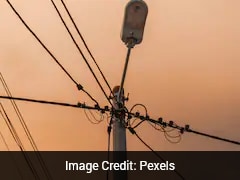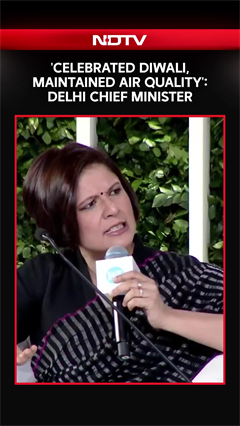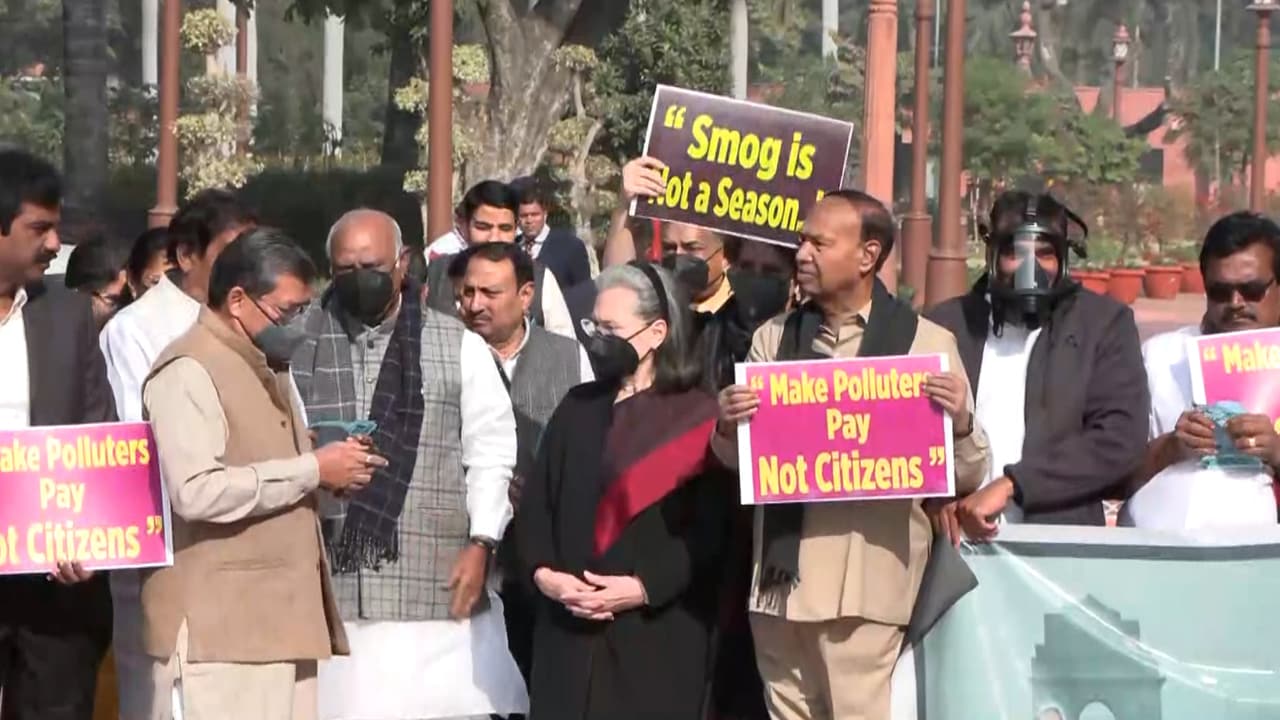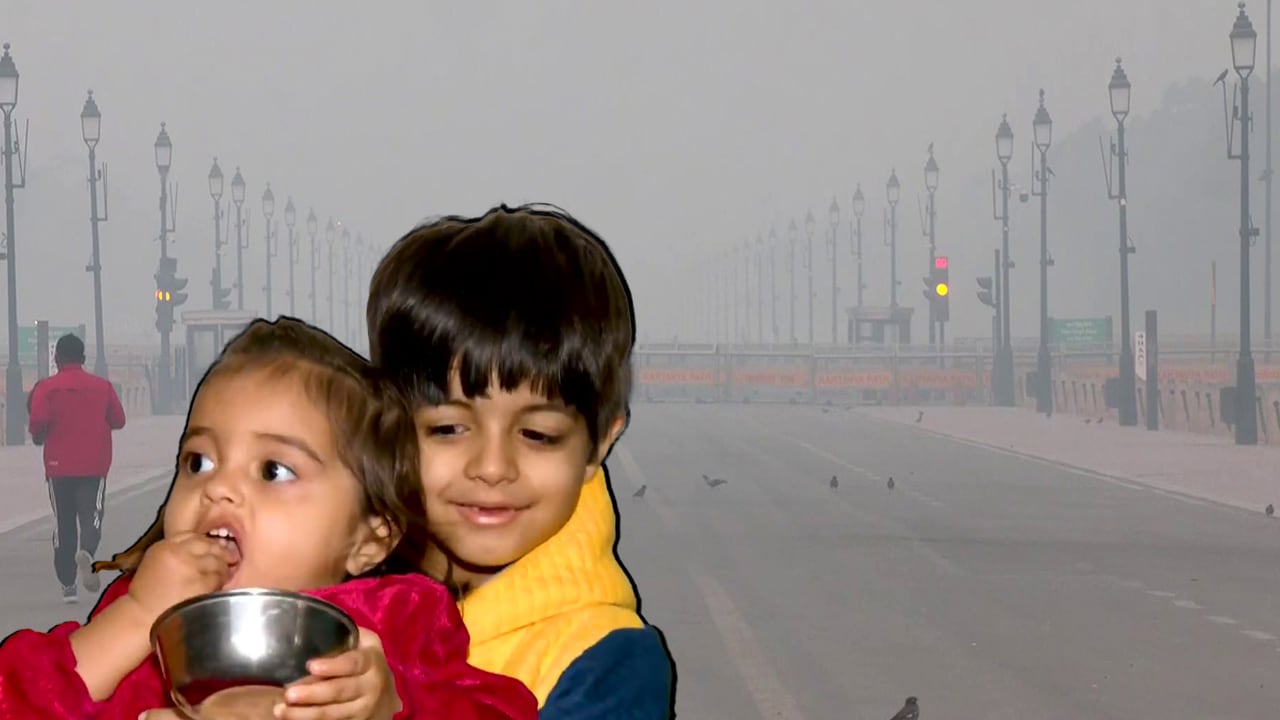- Home/
- New Study Suggests Air Pollution Deaths Rising; Why And Protocols To Follow
New Study Suggests Air Pollution Deaths Rising; Why And Protocols To Follow

If you've felt lately that the air seems worse and headlines about pollution deaths are louder, you're not alone in feeling so. While some countries have seen improvements, the total number of deaths linked to air pollution, driven largely by population growth, ageing and persistent pollution remains extremely high and in some analyses has increased. The new State of Global Air 2025 report summarises the most recent global data and shows air pollution continues to cause millions of premature deaths worldwide.
The State of Global Air 2025 examines air quality and health outcomes using the latest PM2.5 and ozone exposure data and disease burden models. Its headline: air pollution remains one of the biggest global killers, and nearly nine in ten of those deaths are from non-communicable diseases such as cardiovascular disease, stroke, chronic lung disease and lung cancer. In short, air pollution is no longer only a “lung problem”; it now mainly fuels heart attacks, strokes and chronic heart disease.
Other global data analyses show a nuanced trend: age-standardised death rates for some pollution exposures have declined in many places, but absolute numbers of deaths attributable to ambient particulate pollution have risen in recent decades because more people and older populations are exposed in areas where pollution remains high. That's why total deaths can rise even if per-person risk falls.
How exactly does air pollution cause death?
Air pollution is a complex mix of tiny particles called PM2.5, ozone, nitrogen oxides, sulfur dioxide, etc., but the deadliest component is fine particulate matter (PM2.5). Here's what happens:
• Particles enter the lungs: PM2.5 is so small it reaches deep lung air sacs. This irritates lung tissue and triggers local inflammation.
• Inflammation goes systemic: Signals from inflamed lungs travel through the bloodstream, increasing whole-body inflammation, which destabilises arterial plaques (the fatty buildups in blood vessels). That ups the chance of heart attack and stroke.
• Direct effects on blood and vessels: Pollutants can change blood-clotting behaviour and reduce blood-vessel function, increasing the risk of fatal cardiovascular events.
• Chronic damage: Long-term exposure accelerates chronic diseases like chronic obstructive pulmonary disease (COPD), lung cancer and heart disease which contribute to premature mortality. WHO and long-term studies attribute most pollution-related deaths to ischemic heart disease and stroke, followed by COPD, lower respiratory infections and lung cancer.
Protocols to reduce the risk of death from air pollution
Large reductions require policy action like cleaner energy, traffic control and industrial regulations. But there practical steps individuals, households and health systems can use now to reduce exposure and risk. At home, here are some tips to consider:
- Use clean cooking fuels or efficient stoves; ventilate kitchens; avoid indoor burning of trash. Household pollution still causes many premature deaths, especially in children.
- For families using reusable masks or purifiers, choose certified devices and maintain them properly.
- Reduce outdoor exertion when AQI is high, especially if you're older or have heart/lung disease. Exercise is healthy but not in very polluted air.
- Use appropriate masks such as N95/FFP2 or equivalent in very polluted settings as they lower inhaled PM2.5 when fitted correctly.
- Consider indoor air cleaners with HEPA filtration if you live in a high-pollution area as they reduce indoor PM2.5 and can help protect vulnerable people.
- Follow healthcare advice like older adults and people with heart or lung disease should keep medications up to date and seek care quickly if they develop chest pain, sudden breathlessness or neurological symptoms.
The State of Global Air 2025 and other global analyses make one thing clear: air pollution remains one of the top killer worldwide, and while progress exists in parts of the world, the total burden remains enormous because exposure is still widespread and populations are ageing. Policy action combined with household and personal measures is the path to fewer deaths.
Disclaimer: This content including advice provides generic information only. It is in no way a substitute for a qualified medical opinion. Always consult a specialist or your doctor for more information. NDTV does not claim responsibility for this information.
References
State of Global Air Report 2025 — Health Effects Institute / State of Global Air — 2025.
Ambient (outdoor) air quality and health (fact sheet) — World Health Organization (WHO) — 2024.
Air pollution research topic / data (IHME, Global Burden of Disease collection) — Institute for Health Metrics and Evaluation (IHME) / Global Burden of Disease — 2021–2024 (latest data summaries).
Effect of air pollution on the global burden of cardiovascular disease — peer-reviewed review article summarising cardiovascular impacts — NCBI — 2024.
Household air pollution and health (fact sheet) — World Health Organization (WHO) — 2024.
also read
"Mad Traffic And Honking": Kanpur Man Shares Challenges He Faced After Moving Back To India From Ireland
Edited by Astitva RajWhere India Found Clean Air This Week: Top 5 Cities Ranked
Edited by Srishti Singh SisodiaWhich Are India's Top 10 Polluted Cities? UP Accounts For 6 On The List
Press Trust of India
Latest Stories
- Edited by Astitva Raj | Sunday December 07, 2025
His post clearly explains the various daily challenges he faced after moving to India from Ireland.
- Edited by Srishti Singh Sisodia | Sunday December 07, 2025
These cities serve as examples of how natural surroundings and effective pollution control can contribute to cleaner air.
- Press Trust of India | Sunday December 07, 2025
Ghaziabad was the most polluted city in India in November, with a monthly average PM2.5 concentration of 224 microgram per cubic metre and air quality remaining above the national standards on all 30 days, according to a new analysis.
- Reported by Ishika Verma | Saturday December 06, 2025
New Delhi: Two days after Chief Minister Rekha Gupta held a high-level review meeting, the Delhi government on Saturday formally notified the constitution of a new Expert Group on Air Pollution Mitigation and a High-Level Implementation Committee.
- Saturday December 06, 2025 , New Delhi
Delhi Chief Minister Rekha Gupta on Thursday claimed that the capital had "celebrated Diwali and maintained air quality."
................................ Advertisement ................................
Latest Videos
Opinion
Blog | Well Done, Delhi. You've Turned Lung Sacrifice Into A Badge Of HonourSaikat Kumar Bose
Monday November 10, 2025Till some years back, Delhiites would ask angry questions to those in power about the capitals annual tryst with toxic air. This has changed. Those in the driving seat dont see the need to answer now.
Opinion | Why Indians Have Just Given Up On Air Pollution CrisisTanushree Ganguly
Friday December 20, 2024While some may argue that people in Delhi are now more aware of air pollution than they were a decade back, my rebuttal would be that awareness does not mean that people are concerned.
Opinion | You Must Outrage Over Filthy Air More Than Once A YearJyoti Pande Lavakare
Tuesday December 10, 2024Delhi welcomed us with monsoon rains and mangos. We were home. Fast forward a couple of years, in the winter of 2012, I found myself in denial about something other parents, mostly expats, were calling toxic air.
Opinion | Delhi's Air Pollution Situation Is Like A Bad MarriageNishtha Gautam
Friday November 22, 2024On a good day, such as today, the AQI reading in Delhi is 407. We are jubilant at the sickly sunshine trickling through the slightly dissipated smog. At least its not 1600.
दिवाली... पराली... सियासी जुगाली!Ashwini kumar
Monday November 18, 2024दिल्ली-एनसीआर में प्रदूषण का समाधान तो आज तक मिला नहीं. हर साल चिंतित होकर हम-आप सांसों की तकलीफ के साथ-साथ दिल और ब्लड प्रेशर के मरीज भी क्यों बनें?


















